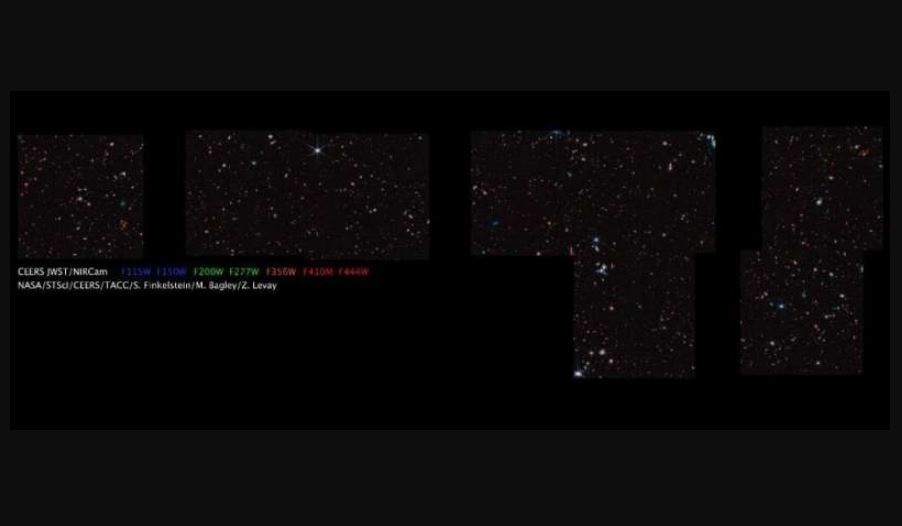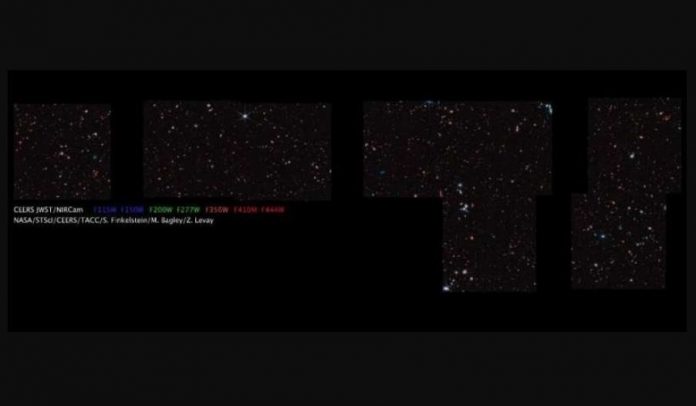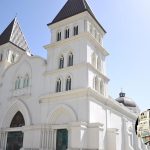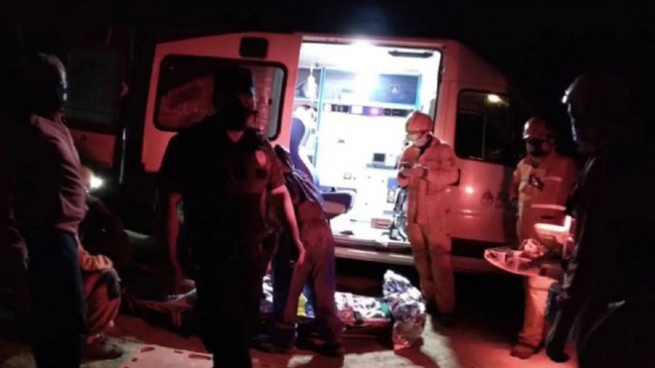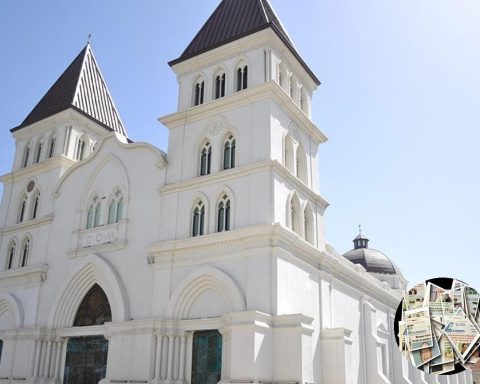A team of scientists using the James Webb Space Telescope has just published the largest image taken by the telescope so far.
The image is a mosaic of 690 individual frames taken with the telescope’s near-infrared camera (NIRCam) and covers an area of the sky about eight times larger than JWST’s first deep-field image released on July 12.
And it’s absolutely packed with early galaxies, many never seen before. Additionally, the team may have imaged one of the most distant galaxies yet observed.
The scientists, from the Cosmic Evolution Early Release Science Survey collaboration (CEERS), said the mosaic is of a patch of sky near the ‘tail’ of the Big Dipper. The images were taken as part of the first observations by the CEERS team, which is working to show that JWST can be used efficiently for extragalactic studies, even while the telescope is making other observations.
“This is just Epoch 1 of our observations,” team member and astrophysicist Rebecca Larson said on Twitter. “We are less than halfway through our full survey, and our data have already led to new discoveries and an unexpected but not unpleasant abundance of never-before-seen galaxies.”
In the grand mosaic, there are a few prominent galaxies shown in the image inset above. The first is a spiral galaxy with a redshift of z=0.16. The resolution of the JWST images reveals a large number of blue star-forming groups and star clusters.
There is also an interacting system of galaxies at a redshift of 1.4, dubbed “Space Kraken” by the CEERS team, as well as two interacting spiral galaxies at a redshift of z=0.7. The observations also point to what are likely to be the first supernovae discovered with JWST images.
The other insets show an impressive spiral galaxy, which the team says highlights JWST’s ability to resolve small-scale features for even slightly distant galaxies, as well as a fortuitous alignment of a galaxy with a tidal tail and a red galaxy group.
